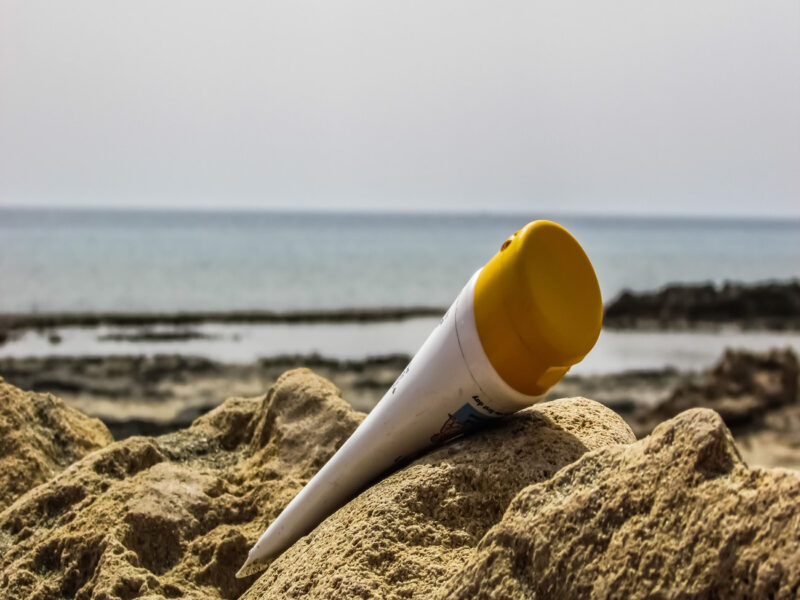From security and effectiveness to who should use sunscreen and how to apply it, Canadian dermatologists examine the latest evidence and instructions.
The review, published in CMAJ (Canadian Medical Association Journal), urges that everyone older than six months of age should use it to protect against cancer.
Most skin cancers grow due to long-term sunlight exposure. Sunscreen lessens the possibility of developing skin cancer by blocking solar radiation via chemical or physical sunscreen filters such as titanium dioxide and zinc oxide.
“Exposure to ultraviolet radiation is directly harmful and has been associated with the development of skin cancers, which are common in Canada. High-quality evidence has shown that sunscreen reduces the risk of developing both melanoma and nonmelanoma skin cancer,” writes Dr. Megan Sander, a dermatologist and clinical lecturer at the Cumming School of Medicine, University of Calgary, Calgary, Alberta, with coauthors.
Some key points:
Prevention — Evidence from randomized controlled trials suggests that it is effective at protecting against skin cancer in addition to premature aging of the skin.
Non-White populations — There is a shortage of evidence for the effectiveness of sunscreen in people with darker skin. Current evidence is mostly restricted to white individuals, that have a greater rate of skin cancers.
Infants — Sun avoidance and protective clothing are recommended for babies. Sunscreen is not recommended for use before age 6 weeks due to the possibility of systemic absorption of sunscreen ingredients.
SPF — Sunscreens with an SPF (sun protection factor) of 30 or higher are recommended in lotion or cream format. Spray-on sunscreens are not recommended since they may be dispersed, are flammable as well as their effects if inhaled are unknown.
Harms — Many people can have skin reactions such as contact dermatitis, especially to chemical types, and there’s evidence these sunscreens can be systemically absorbed, even though the clinical value of the absorption is not known.
Environmental effect — Recent evidence indicates that chemicals may be detected in water and fish and might bring about the bleaching of coral reefs.
“Sunscreen is only one part of a comprehensive photoprotection strategy. It is important to counsel patients regarding behaviors for avoiding ultraviolet radiation, including the use of wide-brimmed hats, eye protection (e.g., “wrap-around” sunglasses with ultraviolet radiation protection) and seeking shade when the ultraviolet index is above 3 (usually 11 am-3 pm, April to September in Canada),” write the authors.
Research into the safety of sunscreens and of new technologies continues.
Source: https://www.cmaj.ca/

